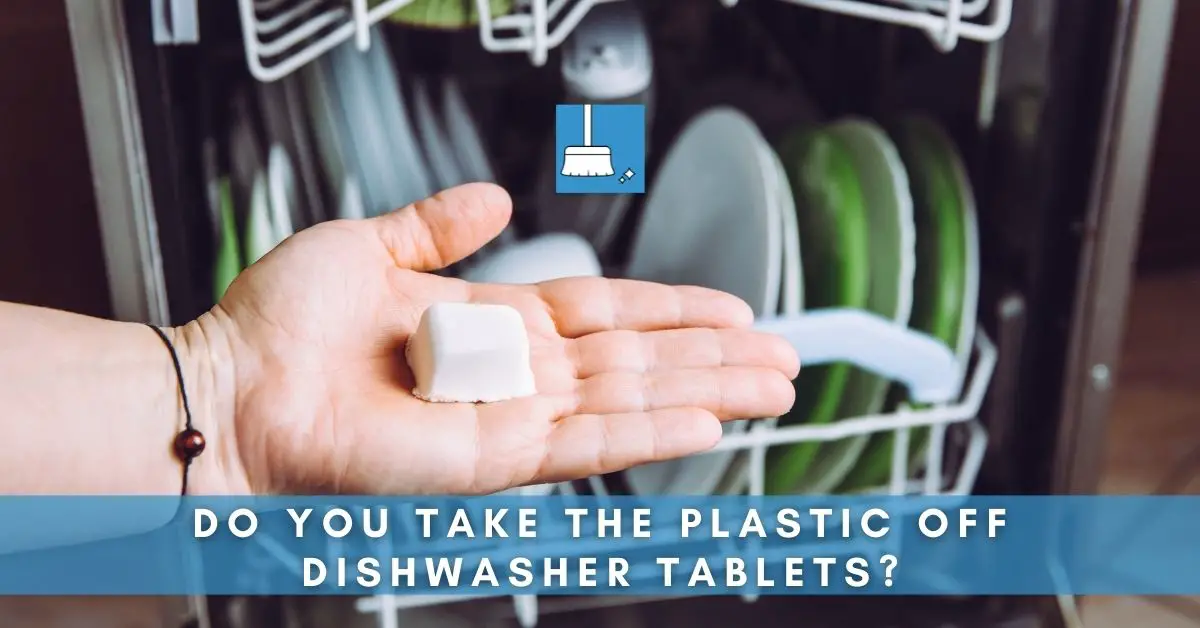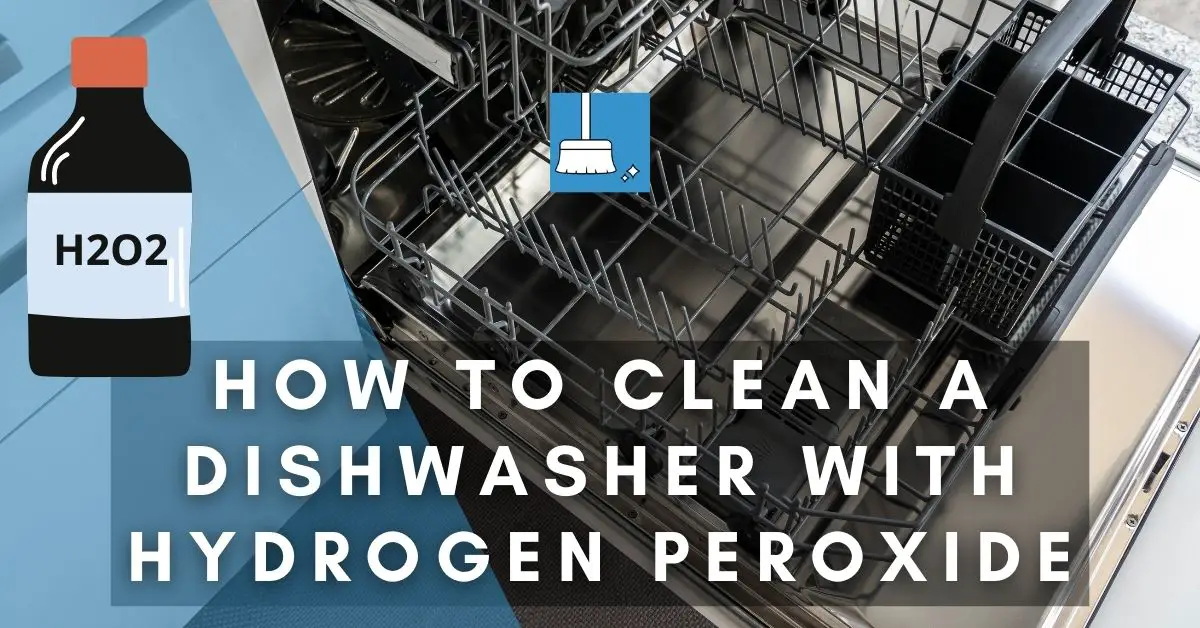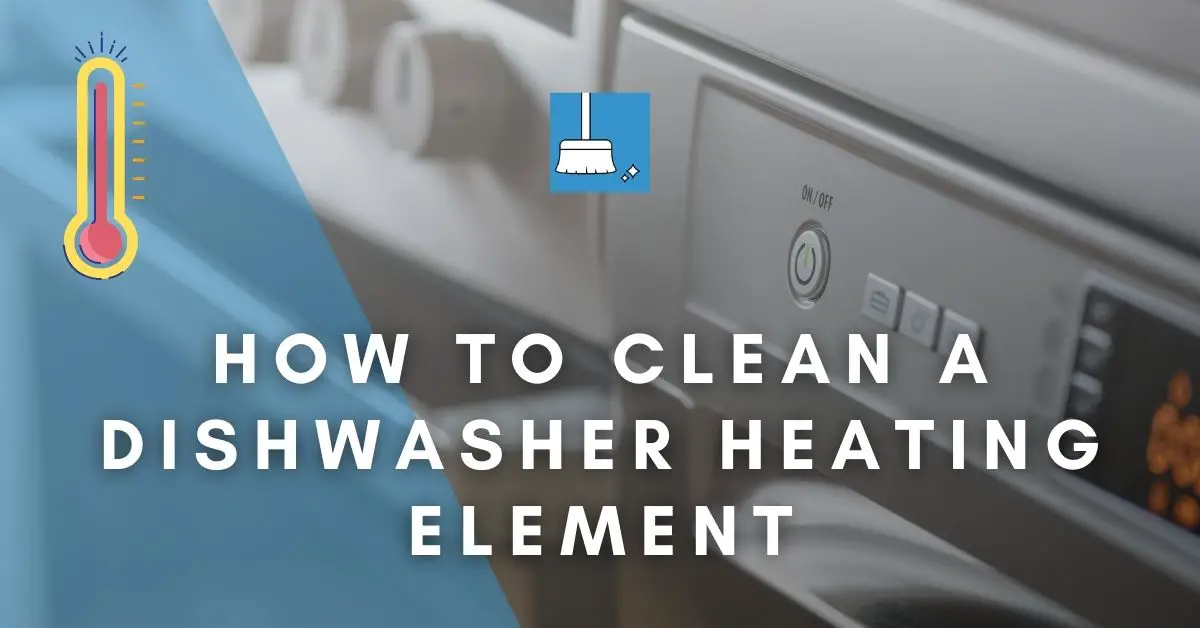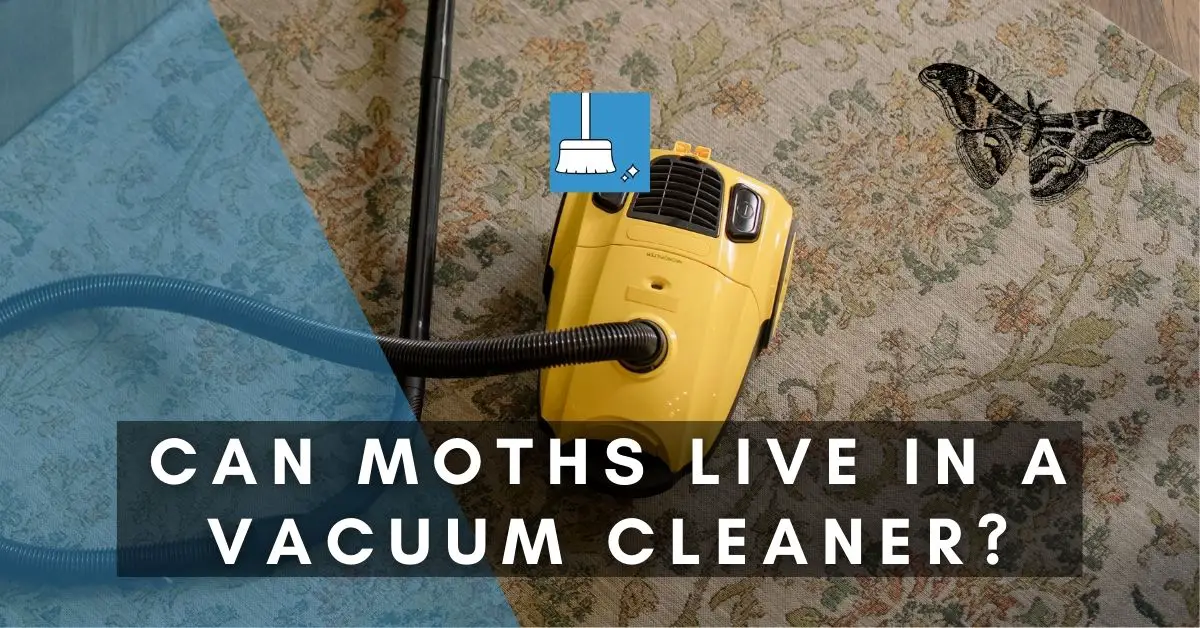Dishwasher tablets are fast gaining popularity, and since they are also very effective, people are beginning to prefer them over dishwasher powders and gels.
Dishwasher tablets however come in plastic so it might get you wondering: Should you remove this plastic before using the tablets or just leave it? How are dishwasher tablets even used?
In this article we’ll see if plastic should be taken off from dishwasher tablets (Finish, Cascade, Adi), what the wrappers are made of, why are the tablets wrapped, and what to do with these plastic wrappers.
Do You Take the Plastic off Dishwasher Tablets?
Dishwasher tablets come wrapped in a protective layer people often refer to as plastic, but it is not the regular plastic you are thinking of and does not even have the properties of plastic. So you never try to take this “plastic” off.
This protective layer dissolves in water and causes no harm to your dishwasher. You won’t find this material sticking to the inside of your dishwasher or blocking it in any way.
These protective layers on the dishwasher tablets are important and aid their effectiveness. We’ll be discussing more on their importance later in the article.
Sometimes, however, dishwasher tablets come with protective layers that should be removed though. When this is the case, the manufacturers usually write it on the pack or plastic itself.
Ensure you always read the instructions that come with your dishwasher tablets so you know how to use them.
What Is the Plastic Covering of Dishwasher Tablets Made Of?
The plastic covering on dishwasher tablets is made from polyvinyl alcohol which is a form of water-soluble synthetic polymer. This material is made specifically to dissolve in water which makes it easy for dishwasher tablets to be activated and wash your dishes well.
Polyvinyl alcohol is safe in the system and will not cause any harm after it has been dissolved. Even if this gets ingested by humans in normal quantities, it is safe; so you shouldn’t be worried about it getting in contact with your dishes. (Source)
2 Reasons Dishwasher Tablets are Wrapped in Plastic
1- Storage
Dishwasher tablets don’t do well in humidity or with moisture. The moisture in the air can quickly disintegrate or dissolve them thereby wasting the product.
So the plastic helps in protecting these tablets from the air and helps in storing them for a long time. This ensures retailers don’t lose the products before they are sold and consumers can store them at home as long as they like before use.
Tip: Store them in a dry environment.
2- Protection
Dishwasher tablets can be toxic when ingested as the ingredients such as sodium carbonate and Potassium Carbonate are more concentrated than other standard detergents and soaps. (Source)
Sodium percarbonate, a Bleaching agent, is also present in dishwasher pods (such as finish powerball) which makes should not be ingested.
If dishes or spoons are in that area and it gets on them, you can ingest them without knowing when you use them.
You could even touch the tablets and put your hand in your mouth without knowing. This is more likely to happen if you have kids. This is one of the reasons they are wrapped in plastic.
Also, If they aren’t put into a protective covering (plastic), they could dissolve and stain the areas you kept them on.
What Happens to the Plastic on Dishwasher Tablets?
The plastic on the dishwasher tablets dissolves and gets flushed into the drain with the water used.
Dishwasher tablets are to be put into the detergent dispenser part of the dishwasher and not at the bottom. This way the tablet dissolves smoothly and at the right time.
After you put the dishwasher tablet in that small compartment and you turn on your dishwasher, the water heats up and remains hot during the washing cycle.
This pressure dissolves the plastic on the dishwasher tablet and releases the tablet for use.
How to Use Finish Dishwasher Tablets?
Finish dishwasher tablets are used like any other tablets.
First, remove one Finish tablet, put it into the dishwasher detergent dispenser, and turn on the dishwasher. One tablet is used per washload.
You should note that not all Finish dishwasher tablets come in polymer plastic that can be used without being unwrapped. Some Finish dishwasher tablets like Finish Deep Clean Powerball are individually wrapped in plastic that should be removed before use. Usually, there will be an indication on the pack.
Some Finish dishwasher tablets, however, like Finish Quantum can be used without unwrapping. One finish tablet is enough for a full-size dishwasher. If you use a smaller dishwasher, you can cut this Finish dishwasher tablet into two.
Note that only the ones wrapped in the polymer can be cut successfully, the ones individually wrapped in removable plastic cannot be cut into two so easily.
Do You Unwrap Cascade Dishwasher Tablets?
Cascade dishwasher tablets do not need to be unwrapped. They come in different forms and have different names with unique differences but they all work well in getting rid of grease and dirt from dishes.
Cascade dishwasher pods, whichever type you buy dissolve in the dishwasher effectively and at the right time to give a good result.
The water and heat in the dishwasher dissolve both the plastic wrapper of the cascade pod and its content entirely. You will not find a partially dissolved tablet in your dishwasher after use.
And cascade dishwasher tablets do not generate excess foam so your dishwasher is safe and your dishes won’t be needing extra rinsing.
The Cascade Platinum does not need a rinse aid to produce a good result. You do not even need to pre-rinse the dishes. The same goes for the Cascade Complete Action Pacs.
How to Use Cascade Dishwasher Tablet?
To avoid the possibility of tablets clogging the drain hose of your dishwasher and causing leaks, you should learn to use your cascade dishwasher tablets properly.
1- Don’t pick it up for use if your hand is wet: The plastic wrapper on it dissolves easily when it comes in contact with water so touching it with a wet hand can make it dissolve halfway or stick to your fingers.
When this happens it will stick to the dishwasher detergent compartment of the dishwasher and refuse to dissolve fully when the dishwasher runs.
2- Always use a dry towel to clean the dishwasher detergent compartment before putting your cascade tablet:
If the compartment is wet when you put the tablet, the heat from the dishwasher when it is turned on will harden the tablet and get it stuck in the compartment.
When this happens, only part of the tablet/pod will dissolve. Your dishes may not come out clean. You may have to rinse your dishes or hand wash them.
3- Use very hot water: If the water that runs into your dishwasher is not very hot, the cascade tablet you put in may not fully dissolve.
4- If you do all these and still find partially dissolved cascade tablets in your dishwasher, then change where you put them
Instead of putting the tablet in the dispenser/ dishwasher detergent compartment, put it at the bottom of the dishwasher.
Do You Unwrap Aldi Dishwasher Tablets?
Aldi dishwasher tablets also come in water-soluble plastic coverings which dissolve easily in water and need not be unwrapped.
Dishwashers use hot water so the plastic wrappers on Aldi tablets cannot survive the pressure. They dissolve and leave no residue so don’t worry about them clogging your drain hose or staining your dishes. They don’t leave any trace at all.
Aldi dishwasher tablets also get rid of streaks and water spots from dishes when used. They come in different packs and are made differently. Some are more expensive than others.
We have the Aldi Magnum Premium All in One tablet, the Aldi Magnum Original All in One tablet, the Aldi Logix Platinum 18 in 1 tablet, the Aldi Complete 10 in 1 tablet, and so on.
If you don’t heat the dishwasher enough, the capsules/tablets may not dissolve well. Some Aldi dishwasher tablets contain built-in rinse aid and salt, so they don’t only clean your dishes, they clean your dishwasher too.
You may however need to rinse your dishes first, before putting them into the dishwasher if they are soiled or have food scraps and them.
How to Make Dishwasher Tablets at Home?
YOU’LL NEED
1- Baking soda
2- Washing soda
3- Epsom salt
4- Essential lemon oil
5- Vinegar
6- Citric acid
7- Ice cube trays
STEPS
STEP 1: Pour 2 cups of washing soda into a bowl. Add 2 cups of baking soda, 1/2 cup of citric acid, and 1/2 cup of Epsom salt.
STEP 2: Use a spatula to mix these materials thoroughly. Measure 1/2 cup of vinegar and slowly add it to the materials. Stir with the spatula until the mixture becomes a thick paste. If you need more vinegar, you can add a little.
STEP 3: Add 20 drops of essential lemon oil to the paste to make it smell nice. Lemon oil also has some disinfecting properties so it’s good for your dishes.
STEP 4: Fill the ice cube trays with the paste. Press each down until it is compact. If it’s necessary, add more. Ensure each cube is fully packed.
STEP 5: Wait at least 24 hours to allow the paste to dry and harden. When they are dry, put them into a container and cover them right. Your dishwasher tablet is ready for use.
Can You Use 2 Dishwasher Tablets?
You shouldn’t use 2 tablets in a dishwasher cycle. One tablet is enough for a load no matter how dirty or how many your dishes are. Using two tablets can cause too many bubbles.
When this happens there could be suds leaking from the dishwasher that will cause a mess. In some cases, this could even damage the dishwasher.
If there is excessive sudsing, you won’t get a good rinse. Your dishes will be stained and won’t look clean at all because of the suds on them.
To avoid all this mess, simply use 1 tablet per load.
Are Dishwasher Tablets Bad for the Environment?
Dishwasher tablets are made by different companies and manufacturers, and they aren’t made the same. Some cause no damage to the environment as they are made of biodegradable and natural materials.
Many come in plastics that easily dissolve in water so there’s no waste to pollute the environment.
Some tablets are however different as they contain chemicals that can pose a health risk when they get into the water. They are non-biodegradable and when their traces get mixed into lakes, oceans, or rivers, there could be issues.
Some also come in plastics that need to be removed and disposed of. Obviously, plastic isn’t good for the environment.
Identifying the differences isn’t difficult so you can choose the one that suits your moral values.
Ingredients of these tablets are usually written on their packs so you know what you are getting. You can search online for eco-friendly dishwasher tablets too and choose one from the ones you see.
There are Eco-friendly Dishwasher Tablets!
There are automatic dishwasher tablets that are biodegradable, plant-based (coconut, rapeseed, etc,), and not wrapped in plastic. The size of these tablets is small which means there is less Carbon Dioxide released into the atmosphere.
In addition to being environment-friendly dishwasher tablets, these also have excellent cleaning power as they are concentrated.
Final Thoughts!
Dishwasher tablets are wrapped in a protective covering, but not all need to be taken off. Some are used as seen in the pack, as the plastic on them is a mere protective layer that will be dissolved in water.
We have explained what these layers are made of, what happens to them when the tablets are put into the dishwasher and why they are important.
We have also explained how dishwasher tablets can be properly used to get good results and given examples of some eco-friendly ones that you can choose from (They are natural and safe for the environment).





